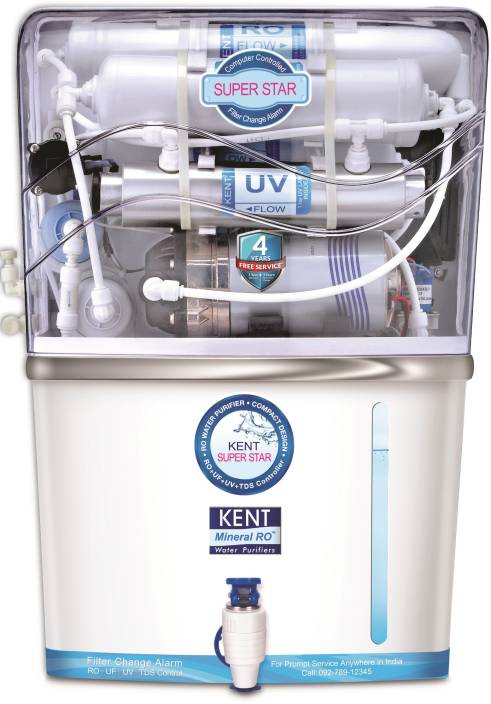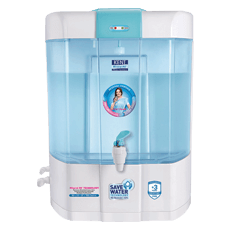Universal water purifiers use various purification technologies combined to provide clean, purified and tasty water. Most cleaning companies combine the power of 2 to 3 multi-step cleaning processes to purify water. Some of the methods used to purify the water from all types of germs and impurities are as follows.
RO plus UV purifiers
This combination is the best possible technology that companies use to clean and provide the finest and most purified water. Reverse osmosis and ultraviolet technology are used together to eliminate bacteria, heavy metals, viruses and other dissolved impurities.
RO plus UV plus UF
The systems using the previous three are considered to be the most effective in purifying water of all kinds of impurities, including bacteria, germs, heavy metals and dissolved impurities. Other companies also use UF filters to make sure the water is clean. Some of them use smart technology to verify the level of TDS, and they also use ao smith water purifier, which is the best for cleaning the water, so consumers do not have to worry about what to use. However, such cleaners are expensive and their maintenance costs are very expensive. When your TDS water level is higher, these purifiers can reduce the TDS level and provide the best result for daily consumption.
Activated carbon outpost
Pre-activated carbon is useful for absorbing toxic organic chemicals such as pesticides. This can increase the life cycles of RO membranes by blocking impurities that can adhere to RO membranes and reduce their lifespan.

It can work with any type of water supply without any problems related to the quality of the effluent;
They enhance the taste of water by including the minerals needed for the necessary drinking water;
They remove water from all kinds of impurities, such as dead cells, harmful salts, heavy metals, ions, and toxic chemicals;
Multi-step cleaners kill and kill bacteria, bacteria and viruses that cause diseases in the water to make it safe to drink.
Disadvantages of universal water purifiers
Electricity is always used to purify and purify water. As a solution, the purifier may include a clean water storage tank that will be used when there is an electrical failure.





